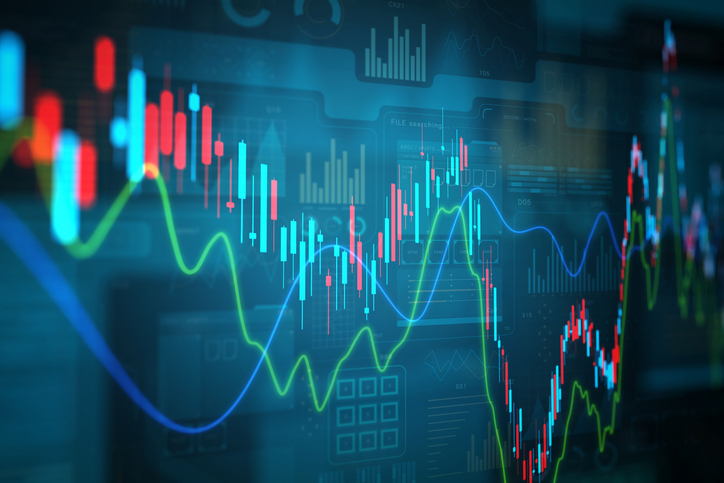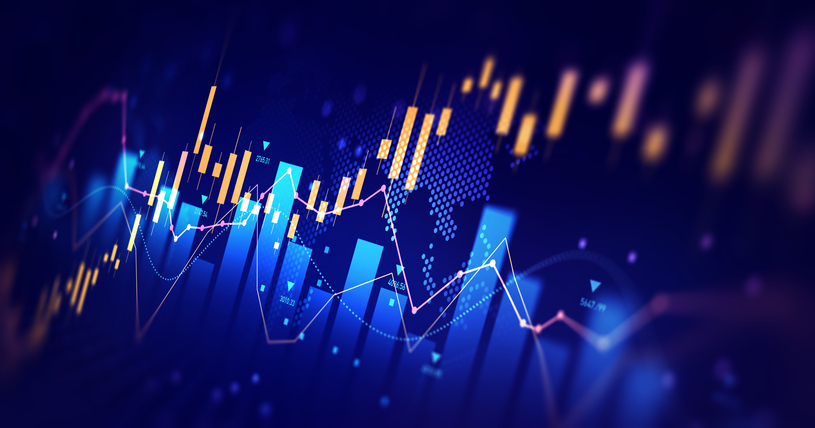The Case for Low-Turnover Funds
Funds that hold onto stocks longer tend to let investors hang on to more of their assets.
If you, like many investors, are paying closer attention to your costs now than you did before the crushing bear market of 2007–09, there are a couple of expenses you want to watch out for. One is the expense ratio. The expense ratio tells you what you’re paying to own a fund, and you can find it in the fees-and-expenses section of a fund’s prospectus. Essentially, it measures what it costs to run a fund; it’s calculated by dividing a fund’s operating expenses -- such as management fees and any marketing and distribution fees, or 12b-1 fees -- by average assets under management. But the expense ratio doesn’t include trading costs, namely commissions and spreads.
So, to really get a handle on your fees, you need to watch the so-called turnover rate, a gauge of how quickly the holdings in a fund are traded. (You can find the turnover rate in your fund’s prospectus.) “Turnover is one of the most important elements,” says Todd Rosenbluth, an analyst at Standard & Poor’s. That’s because a high turnover rate leads to higher trading costs -- and potential capital-gains distributions (see Pay Less Tax on Your Funds ). If the fund has net capital gains for the year, it must distribute them to investors, who have to report the gains on their tax returns.
How big a bite does a high-turnover fund take? The typical stock mutual fund has a turnover rate of 100% -- which means that, on average, it holds stocks for about a year. Vanguard Group founder John Bogle figures investors in such funds lose roughly 1% of their assets each year to turnover costs. And that is on top of the 1.4% a year in expenses that investors already pay for the average stock fund.
From just $107.88 $24.99 for Kiplinger Personal Finance
Become a smarter, better informed investor. Subscribe from just $107.88 $24.99, plus get up to 4 Special Issues

Sign up for Kiplinger’s Free Newsletters
Profit and prosper with the best of expert advice on investing, taxes, retirement, personal finance and more - straight to your e-mail.
Profit and prosper with the best of expert advice - straight to your e-mail.
That makes investing in a low-turnover fund appealing. Among those funds worth considering is Dreyfus Appreciation (symbol DGAGX), which has an über-low turnover of 7%. That means the fund holds stocks for an average of 14 years. The fund, which invests in large multinationals, such as ExxonMobil and Coca-Cola, outperformed Standard & Poor’s 500-stock index by nearly five percentage points in 2008, losing 32%. Over the past ten years, it has beaten the S&P 500 by more than one percentage point a year, on average. (All returns are through March 26.)
Another fund that owns big, well-known companies is Jensen J fund (JENSX), which holds shares of just 29 stocks, including Microsoft and Johnson & Johnson. Since 2001, the fund has had a turnover rate of 14% or less each year . Although turnover rose to 24% in 2009, its rate is still two-thirds lower than that of its peers. The fund beat the S&P 500 by eight percentage points in 2008. Over the past three years, it beat the index by an average of more than five percentage points a year.
If you want low turnover in a small-company fund, Third Avenue Small Cap Value (TASCX) is a good choice. The fund, which has 7.5% of its assets in Japan -- including Sapporo Holdings -- has a turnover rate of just 15%. During the down year of 2008, it sank 35%, just one percentage point lower than the Russell 2000 index of small-company stocks. But over the past ten years, it has returned an annualized 7.0%, an average of two percentage points per year better than the Russell 2000 index. Royce Special Equity (RYSEX) is another smart pick. The fund, which has a turnover rate of 27%, lost 20% in 2008, a good showing for that year and 14 percentage points better than the Russell 2000. The Royce fund, which owns small to midsize firms with strong cash flow, has topped the Russell 2000 by an average of ten percentage points a year over the past ten years. Its top holding, National Presto Industries (NPK), which makes small kitchen appliances, has nearly tripled, to $121 on March 26, since the market’s nadir on March 9, 2009.
For a low-turnover fund with a global slant, try Tweedy, Browne Global Value (TBGVX). The fund sports a turnover rate of 16% and holds strong cash generators, such as Swiss food giant Nestlé and British spirits maker Diageo. It has returned an annualized 5.9% over the past ten years, an average of 4 percentage points per year better than the MSCI EAFE index. Or buy Dodge & Cox’s new fund, Dodge & Cox Global Stock (DODWX), which has a turnover of just 10%. Although the fund is new -- it launched in May 2008 -- D&C has a strong track record and a low turnover style. At least 40% of the holdings are in overseas firms, such as drug makers Novartis of Switzerland and GlaxoSmithKline of Great Britain.
Profit and prosper with the best of Kiplinger's advice on investing, taxes, retirement, personal finance and much more. Delivered daily. Enter your email in the box and click Sign Me Up.
-
 Fed's Rate Cuts Could Have Impacts You Might Not Anticipate
Fed's Rate Cuts Could Have Impacts You Might Not AnticipateUnderstanding how lower interest rates could impact your wallet can help you determine the right financial moves to make.
-
 Past Performance Is Not Indicative of Your Adviser's Expertise
Past Performance Is Not Indicative of Your Adviser's ExpertiseMany people find a financial adviser by searching online or asking for referrals from friends or family. This can actually end up costing you big-time.
-
 I'm want to give my 3 grandkids $5K each for Christmas.
I'm want to give my 3 grandkids $5K each for Christmas.You're comfortably retired and want to give your grandkids a big Christmas check, but their parents are worried they might spend it all. We ask the pros for help.
-
 AI Stocks Lead Nasdaq's 398-Point Nosedive: Stock Market Today
AI Stocks Lead Nasdaq's 398-Point Nosedive: Stock Market TodayThe major stock market indexes do not yet reflect the bullish tendencies of sector rotation and broadening participation.
-
 Dow Adds 646 Points, Hits New Highs: Stock Market Today
Dow Adds 646 Points, Hits New Highs: Stock Market TodayIt was "boom" for the Dow but "bust" for the Nasdaq following a December Fed meeting that was less hawkish than expected.
-
 Dow Rises 497 Points on December Rate Cut: Stock Market Today
Dow Rises 497 Points on December Rate Cut: Stock Market TodayThe basic questions for market participants and policymakers remain the same after a widely expected Fed rate cut.
-
 JPMorgan's Drop Drags on the Dow: Stock Market Today
JPMorgan's Drop Drags on the Dow: Stock Market TodaySmall-cap stocks outperformed Tuesday on expectations that the Fed will cut interest rates on Wednesday.
-
 Stocks Slip to Start Fed Week: Stock Market Today
Stocks Slip to Start Fed Week: Stock Market TodayWhile a rate cut is widely expected this week, uncertainty is building around the Fed's future plans for monetary policy.
-
 Stocks Keep Climbing as Fed Meeting Nears: Stock Market Today
Stocks Keep Climbing as Fed Meeting Nears: Stock Market TodayA stale inflation report and improving consumer sentiment did little to shift expectations for a rate cut next week.
-
 Small Caps Hit a New High on Rate-Cut Hope: Stock Market Today
Small Caps Hit a New High on Rate-Cut Hope: Stock Market TodayOdds for a December rate cut remain high after the latest batch of jobs data, which helped the Russell 2000 outperform today.
-
 UNH Sparks a 408-Point Surge for the Dow: Stock Market Today
UNH Sparks a 408-Point Surge for the Dow: Stock Market TodayThe best available data right now confirm both a slowing employment market and a December rate cut, a tension reflected at the equity index level.